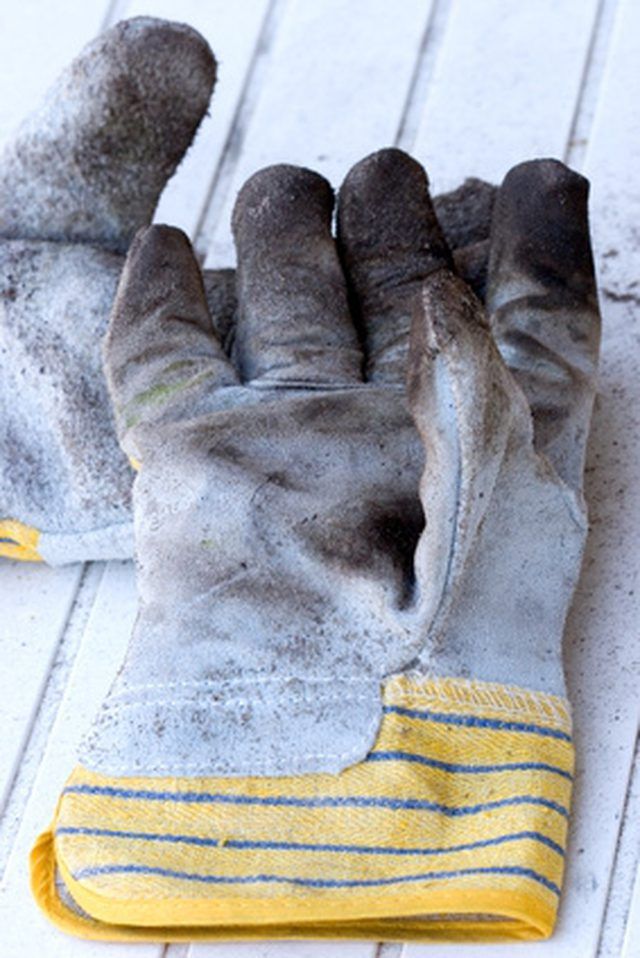Bulbs
Flower Basics
Flower Beds & Specialty Gardens
Flower Garden
Garden Furniture
Garden Gnomes
Garden Seeds
Garden Sheds
Garden Statues
Garden Tools & Supplies
Gardening Basics
Green & Organic
Groundcovers & Vines
Growing Annuals
Growing Basil
Growing Beans
Growing Berries
Growing Blueberries
Growing Cactus
Growing Corn
Growing Cotton
Growing Edibles
Growing Flowers
Growing Garlic
Growing Grapes
Growing Grass
Growing Herbs
Growing Jasmine
Growing Mint
Growing Mushrooms
Orchids
Growing Peanuts
Growing Perennials
Growing Plants
Growing Rosemary
Growing Roses
Growing Strawberries
Growing Sunflowers
Growing Thyme
Growing Tomatoes
Growing Tulips
Growing Vegetables
Herb Basics
Herb Garden
Indoor Growing
Landscaping Basics
Landscaping Patios
Landscaping Plants
Landscaping Shrubs
Landscaping Trees
Landscaping Walks & Pathways
Lawn Basics
Lawn Maintenance
Lawn Mowers
Lawn Ornaments
Lawn Planting
Lawn Tools
Outdoor Growing
Overall Landscape Planning
Pests, Weeds & Problems
Plant Basics
Rock Garden
Rose Garden
Shrubs
Soil
Specialty Gardens
Trees
Vegetable Garden
Yard Maintenance
How to Propagate Woolly Thyme Ground Cover
How to Propagate Woolly Thyme Ground Cover. Woolly thyme (Thymus pseudolanuginosus) is a sturdy, low-growing perennial groundcover that does well in full sun and well-drained soils. Gritty, poor soils that discourage other plants are perfect for thyme. This variety has soft, woolly gray-green leaves that turn purple in winter. Woolly thyme is...

Woolly thyme (Thymus pseudolanuginosus) is a sturdy, low-growing perennial groundcover that does well in full sun and well-drained soils. Gritty, poor soils that discourage other plants are perfect for thyme. This variety has soft, woolly gray-green leaves that turn purple in winter. Woolly thyme is vulnerable to root rot, but grows well in rock gardens and on dry slopes. Each plant can spread up to 18 inches. Thyme is a great self-propagator and will spread well on its own, but several techniques will help you speed the process.
Things You'll Need
Established clump or clumps of woolly time
Garden trowel
Garden shovel
Sharp garden clippers
Rooting hormones
Plastic window boxes
Plastic wrap
Small garden pots
Dig up and move newly rooted thyme "runners" near established plants and transplant these where you want to establish new clumps of creeping thyme---the quickest and easiest way to start new plants.
Propagate new plants from roots too, to generate still more new plants. In spring after the last frost when the ground is still damp, dig small, shallow holes (3 to 4 inches deep and across) where you will plant new thyme starts. Place your garden shovel, point down, near the edge of each root clump, then push down, under and up to lift and expose the soil-covered roots. Gently break off root plugs of 1 to 2 inches across, using just your hands or your hands and trowel, and immediately plant these, covering with soil and watering well to soak the roots. Replant the "parent" thyme plant in its original spot the same way.
Start new plants from cuttings to create large quantities of plants. Take softwood cuttings in early summer, placing stems in water as you work to keep then fresh. Starting stems should be at least 3 to 4 inches long. Fill window box half full with clean, coarse sand. Dip each stem in rooting hormone, to a depth covering about one-third of the stem, then place each cutting in sand to that same depth. Cover each window box with plastic wrap to maintain humidity. Keep the window box in a warm place with only indirect sunlight. Transplant rooted cuttings to small individual pots in 4 to 6 weeks. Plant in the garden the following spring.
Grow new plants from seed too, if you'd prefer, but it can be difficult to find woolly thyme seed.
Tips & Warnings
Woolly thyme is excellent for drought-resistant landscaping.
The tubular flowers of woolly thyme attract bees, and honey from bees that have dined on thyme is a delicacy.